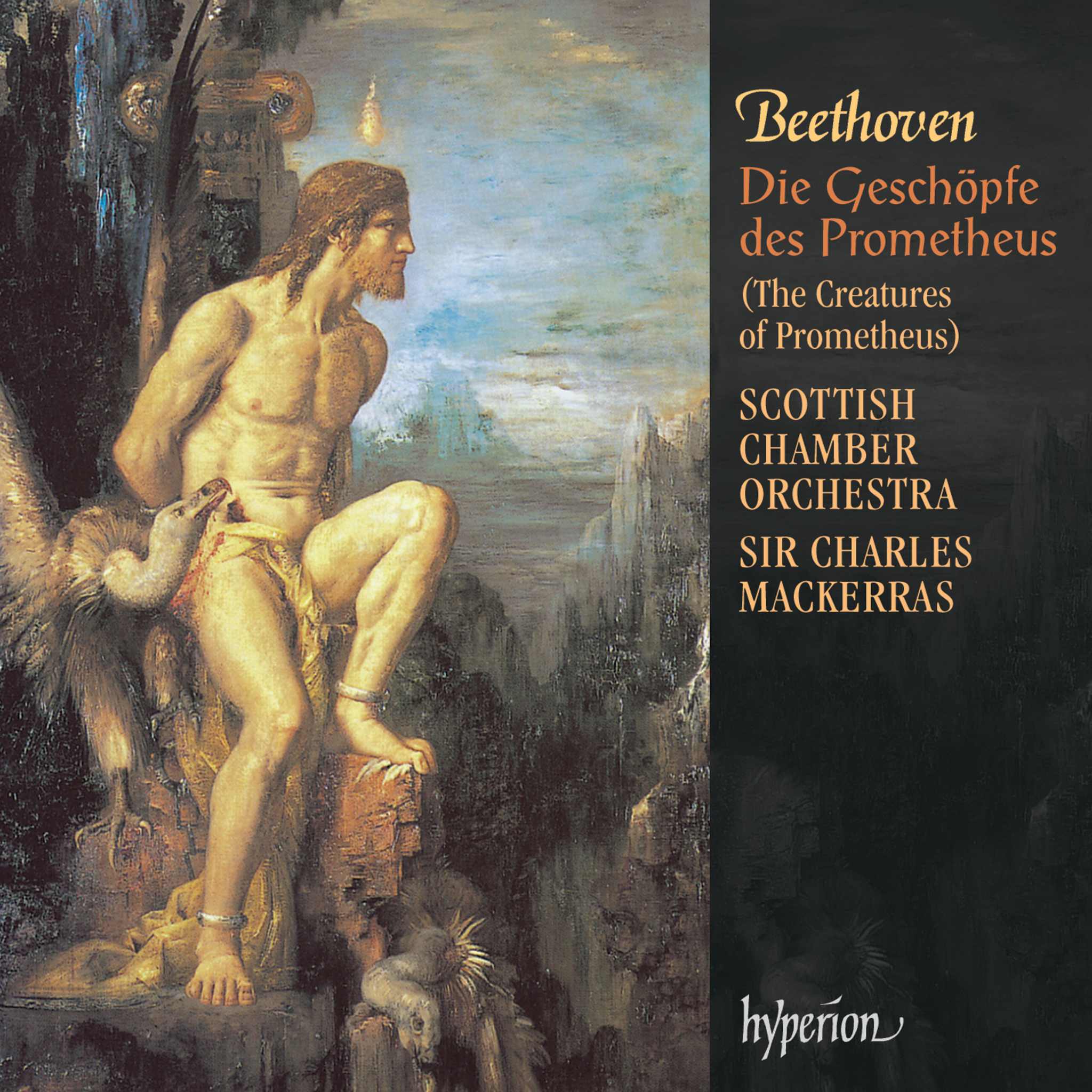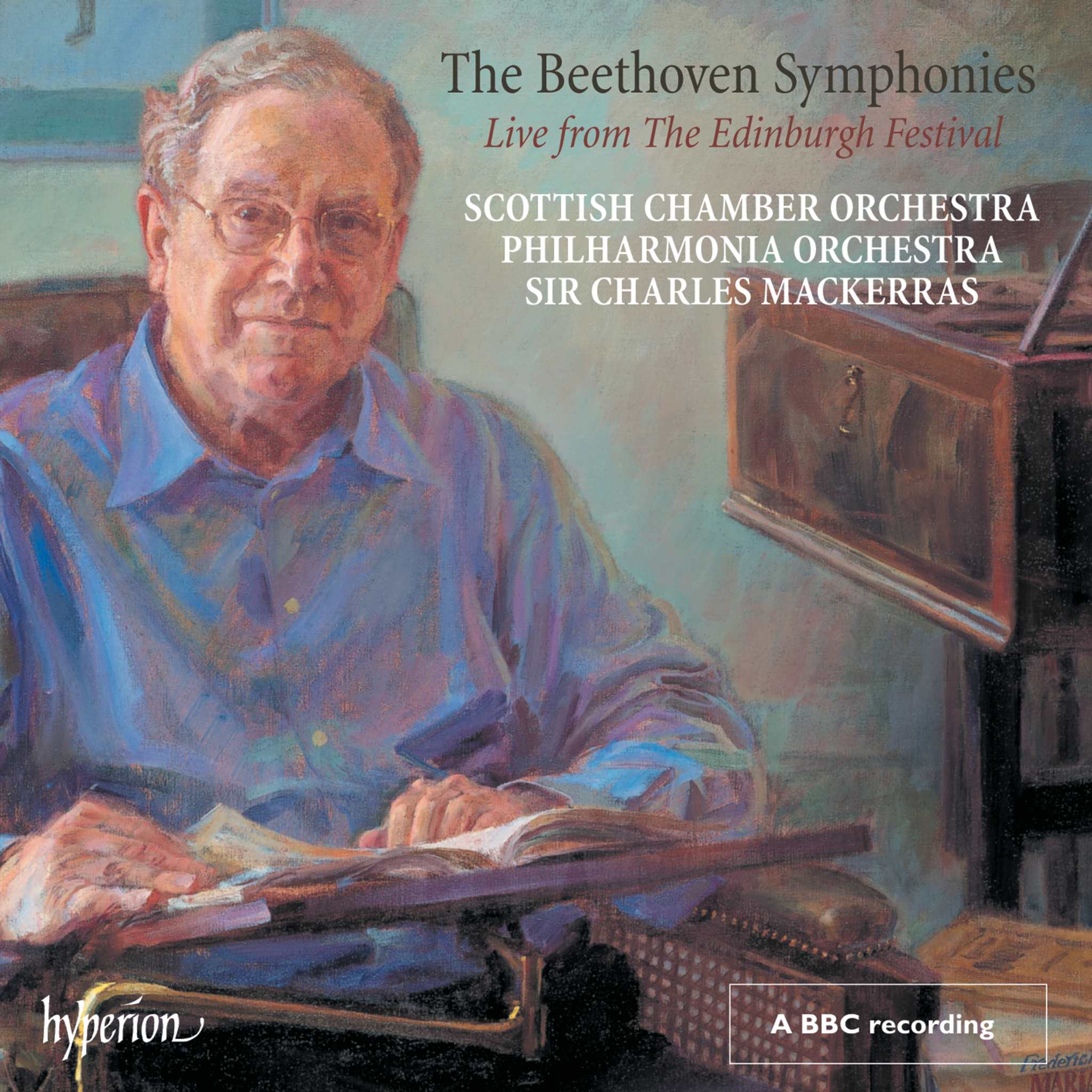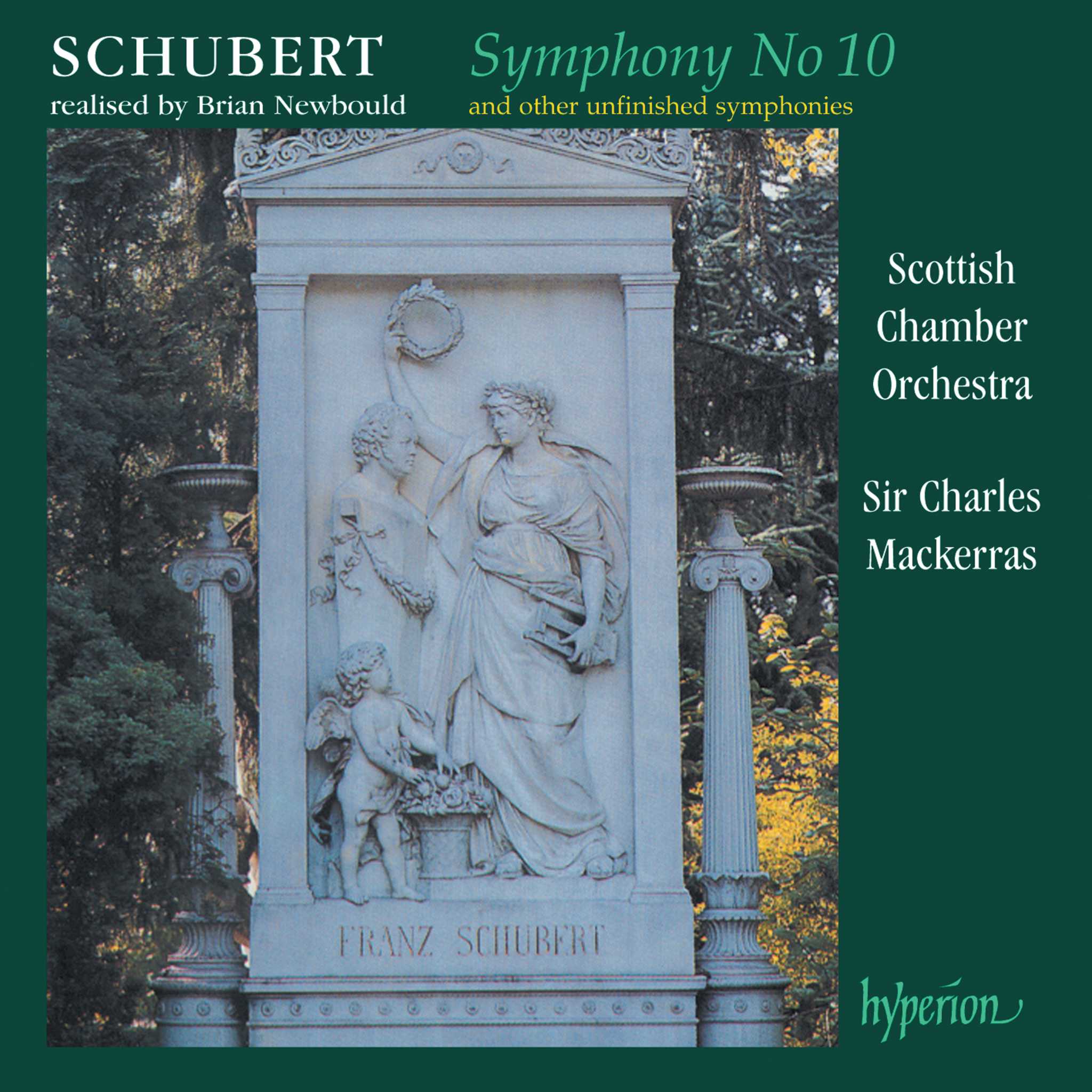Album insights
Maurice Duruflé approached composition as a slow, meticulous process, marked by continuous revision and exceptional craftsmanship. Over sixty years, only ten of his works were published, one fewer than his selective mentor, Paul Dukas. Unlike Olivier Messiaen, Duruflé avoided avant-garde experimentation and instead embraced a retrospective stance, drawing inspiration from Gregorian chant and the great French composers. He felt hesitant to contribute significantly to the piano repertoire, approached writing for vocal quartets with trepidation, and dreaded composing songs in the style of Schubert, Fauré, and Debussy. Consequently, he focused on orchestral and organ compositions, establishing himself as an esteemed organ virtuoso.
Duruflé had begun work on an organ suite based on Gregorian chants from the Requiem Mass when he received a commission for the Requiem from his publisher, Durand. The sketches on his desk served as a perfect foundation for the Requiem, with Gregorian chant serving as the cornerstone, imbuing the work with timelessness and meditative spirituality. While influenced by Fauré's Requiem, Duruflé's adaptation was a reimagining built upon admiration and respect, rather than mere imitation. Both composers opted for a restrained approach, with similar settings for specific sections and shared soloist choices. Duruflé's composition skillfully blended elements, combining Gregorian chant, liturgical modes, subtle counterpoint, and harmonic nuances reminiscent of Debussy, Ravel, and Dukas. His utilization of Gregorian melodies provided expressive freedom and rhythmic fluidity while maintaining a sense of tranquility and spiritual optimism throughout the work.
Subsequent to the Requiem, Duruflé's Quatre motets sur des thèmes grégoriens of 1960 provided ideal companion pieces, drawing on Gregorian chant just like the Requiem movements. Through these motets, Duruflé showcased his ability to merge the spiritual essence of Gregorian chant within a polyphonic environment, creating a prayer-like rhythmic smoothness. Each motet expressed a unique character: from the meditative nature of Ubi caritas et amor to the lively yet gentle Tota pulchra, the uplifting Tu es Petrus, and the introspective Tantum ergo. Together, they represented a distilled form of Duruflé's meticulous yet inspired musical language.
Additionally, Duruflé's setting of the Lord's Prayer revealed his inclination towards composing liturgical choral pieces, adhering to the French text without the Doxology. Through individual phrasing and simple homophonic textures, reflecting a contemplative speech or prayer rhythm, the work exuded a serene quality. Published in 1978, this piece was another testament to Duruflé's refined approach to composing for liturgical contexts.
His Messe "Cum jubilo" further revealed Duruflé's distaste for ostentatious text settings popular in preceding decades. Utilizing only lower choir voices, this composition featured minimal solo sections and harmonized chants with sophistication. Drawing on Gregorian chant motifs but infusing them with refinement, the piece maintained simplicity and elegance, emphasizing through its tonal and harmonic qualities a spiritual reverence fitting for Catholic mass's practical yet beautiful expression.






